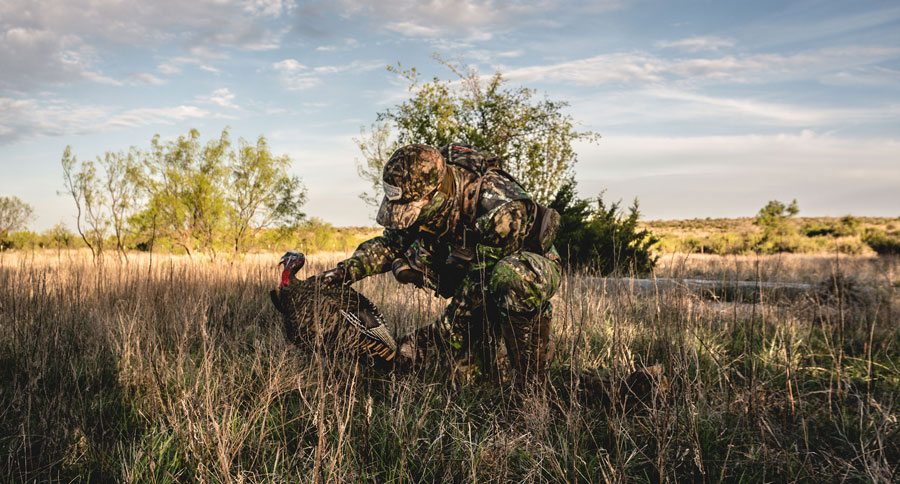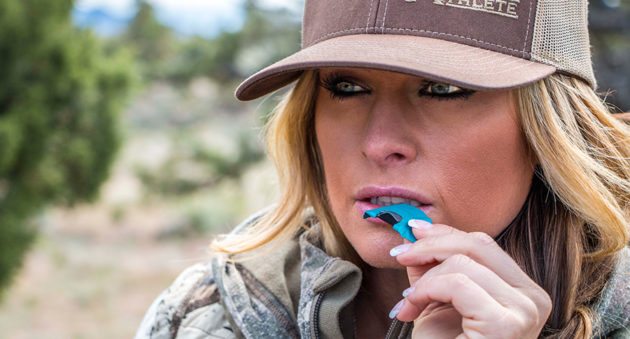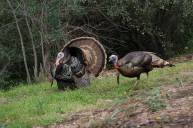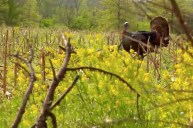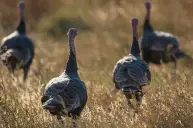Here are a few turkey hunting tips that will help you to score a bird when time is of the essence.
Want to know how to hunt turkeys with almost zero time to do it? It's sort of impossible.
First of all, let's face the fact that it is a must for you to take some kind of time to scout the birds you're targeting at some point before the season starts. We all work and we all want to hunt, but you're going to at least have to have an idea of where that gobbler is or may be before you set out to bag him.
Having said that, it can be fact of life that when spring turkey season rolls around and that long beard you've been watching from afar starts showing himself in open fields, it won't be long before other turkey hunters see him and start to home in on his position.
The fact remains that you need to know where the birds are before anything else happens for you.
For those who have access to private land, finding where the turkeys are is usually a foregone conclusion; keeping track of them can be another chore altogether. For public land hunters, turkey season can be all the more difficult with other like-minded hunters vying for the same birds, but the bottom line is this: no matter where you hunt, if you have limited time you had better know where the likely key holding areas are located before you set out.
Having all day to hunt, or in my case until noon in New York State, is not the same as having an hour or so before work, or what's left of it when the workday is over. Pre-season can be the real season when you're talking about wild turkey and in particular spring gobblers, so you'll have to put some time in at some point and take what nature gives you.
Here are a few short methods for pulling out the stops and keeping a positive attitude when your time is at a premium.
1. Stick with one decoy
This may sound like preaching to the choir for those who really only ever use one decoy, but for those who consistently use multiple turkey decoys in their "spread," you'll want to keep the gear at a minimum for these shorter trips.
Anything that helps this same hands-free school of thought can be a positive, such as the obvious backpack or fanny pack. In my case I always use a sling for my shotgun just for the ease and quickness of carrying it through the early morning woods.
2. Get good with your diaphragm call
Honestly, how much time does it take to get your slate or box call out? The issue here is one of spending every possible moment calling and a minimum of settling in and getting ready, while keeping your hands free.
Since everyone has their go-to confidence call (and I'm an affirmed slate man myself), use what works best for you. In my case I use a big, fat rubber band and strap my slate to my off arm—for me, my left arm—and keep the striker where I can reach it quickly.
3. Scent control

I'm not talking about deer hunting here, but they say that if a wild turkey could smell us, that we would never see one! With the sight and hearing that they possess, we can be glad that nature didn't provide them with much of a nose, but their neighbor's in the woods and fields, the whitetail deer, have what they lack.
I got sick of chasing deer out of the spring turkey woods many years ago and now go scent free whenever possible. For the hunter with a minimum of time, at least an early morning hunt can be done this way by taking care of that before he or she leaves the house with a quick shower using scent control soap.
You can leave your scent-free camo in the vehicle in a plastic bag along with some scent control spray and scent-free deodorant waiting for you. What you don't want is deer crashing through the woods away from you when you only have a little time in the field to find a Tom.
4. Less is more
It's not so difficult to ready your day bag for the hunt, have your hen decoy at hand, and your chair available, but what is hard is leaving some of those things behind.
For the turkey hunter that only has a short amount of time, you may have to rough it a little while your back rests against that tree. I have used several of those warming cushions that are well padded and even waterproof that clip onto my belt in an instant.
If you have a ground blind or a pop-up waiting for you, so be it, but until then you'll have to sit right on the ground. That can uncomfortable, but for how long? Make sure that you have your ready pack with your license, shells, and calls, but since you'll only be in the woods for a short time, walking without all of the gear is preferred.
5. Run and gun
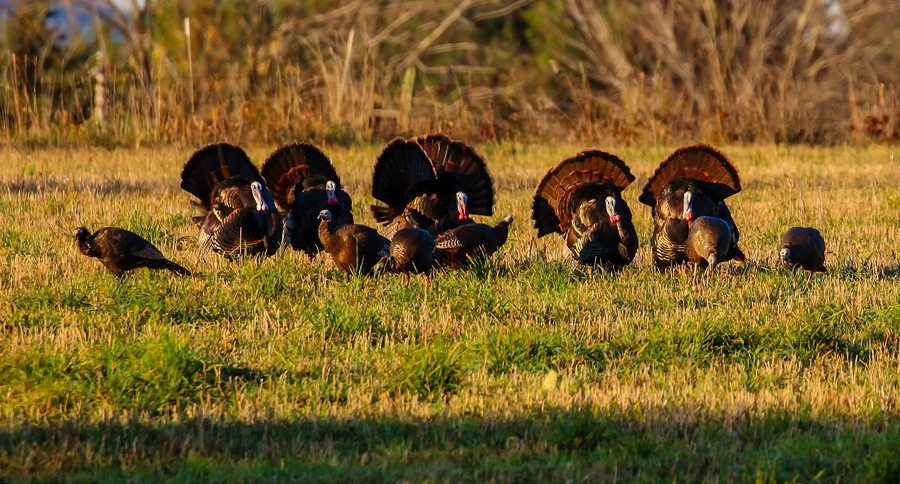
I'm not talking about "reaping" where where the hunter stalks hidden from behind a turkey fan, but rather the active movement towards a hung-up gobbler that doesn't want to leave his harem.
Either way, these moves can be a hot button topic for turkey hunters everywhere and I'll say it right up front: I don't recommend it for public land hunters. The reason I mention it at all is because it has worked for me in the past. The fact remains that one hunter can walk up on another which makes this method inherently dangerous.
For those with access to private land and the knowledge of who is there and who is not, it gives a much more available peace of mind, making it more attractive to someone who has limited time to use. A veteran turkey hunter waiting for a hung-up gobbler to decide its next move is something that we've all been part of, and moving in on that bird can be the difference between bagging him or not.
Between locator calls, turkey calling, and pre-season scouting, the spring season can take up some precious time, especially for those hunters in the construction trades, who have been waiting for the weather to break and are now predominantly busy.
With turkey populations doing well, spring turkey hunting is that first time since bowhunting season that we feel this excited, and when you hear a Tom shock gobble to a crow call you'll know that even rainy days might mean the first turkey of the year.
Looking for a little more? Follow my webpage, or on Facebook and Twitter.
NEXT: 'FOREST BATHING' MAY BE JUST THE THERAPEUTIC EXPERIENCE YOU NEED
WATCH
